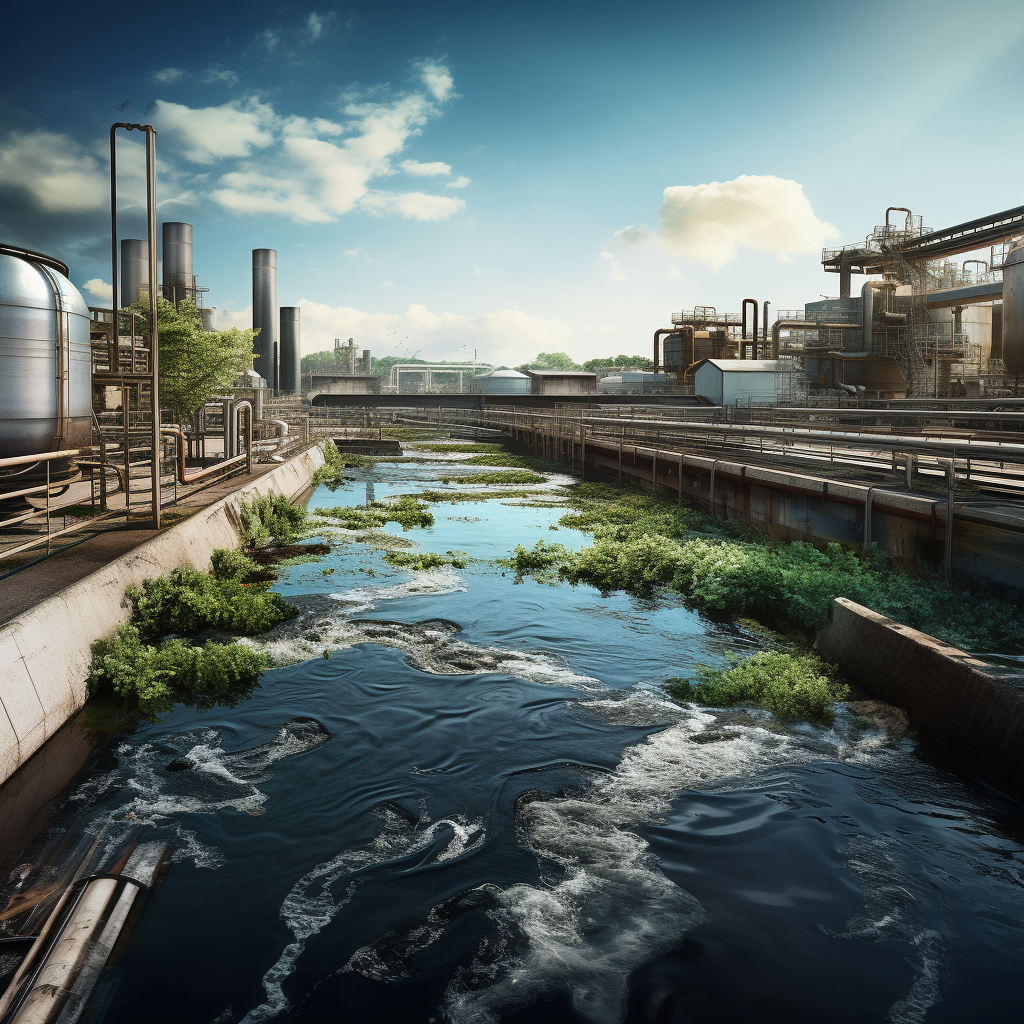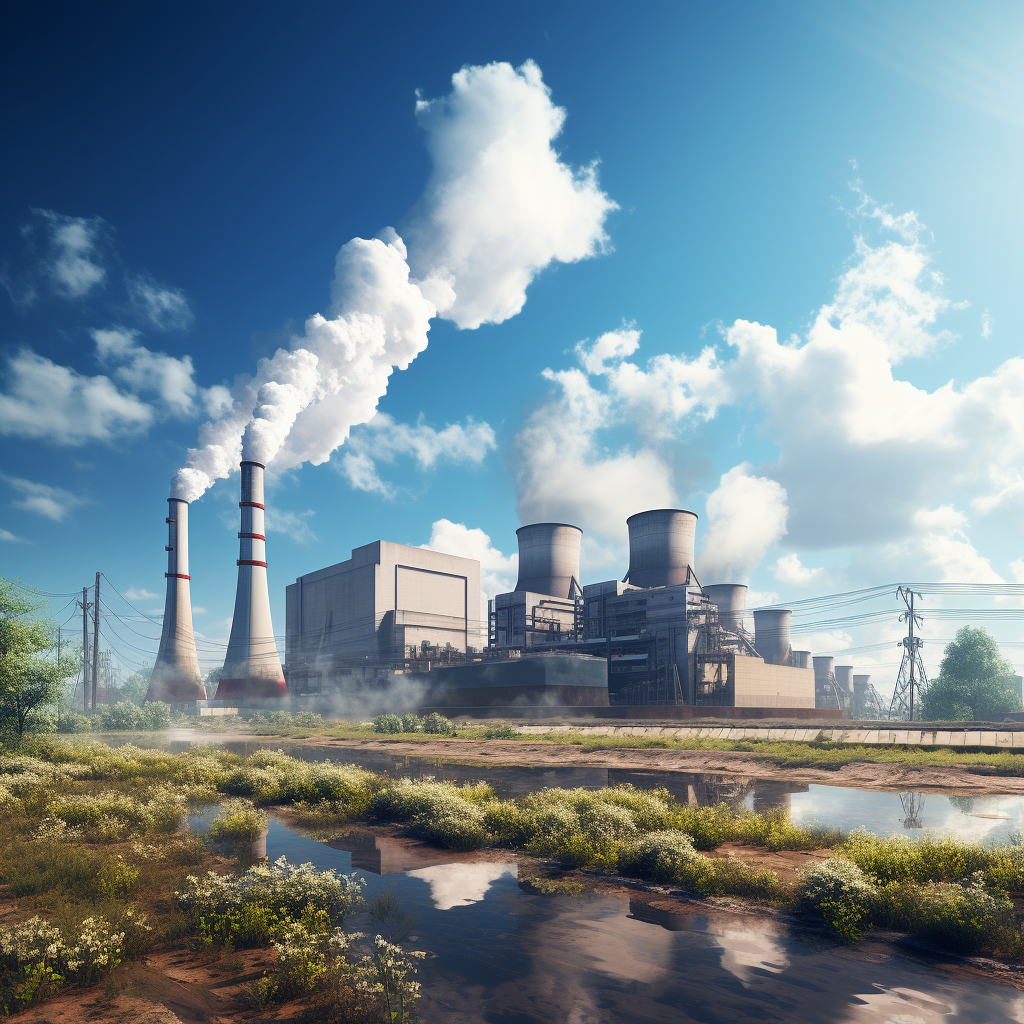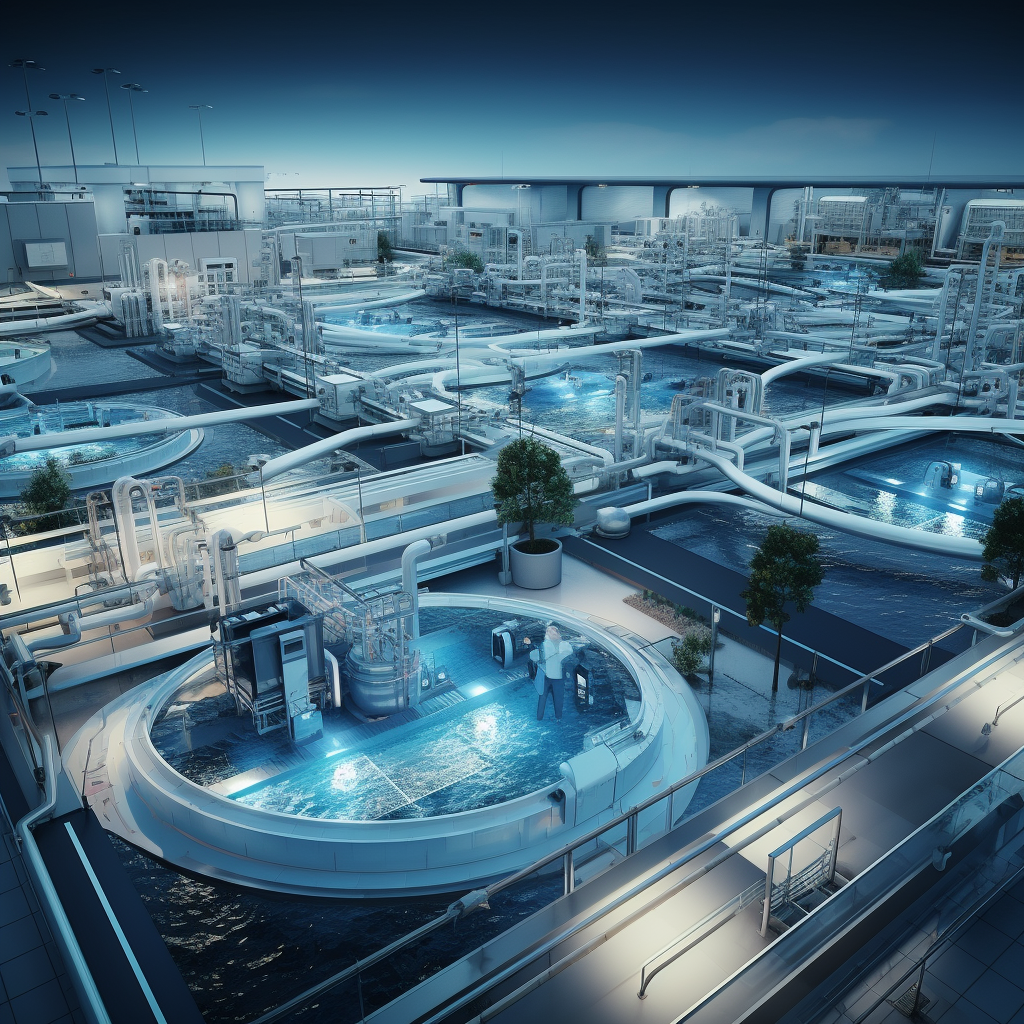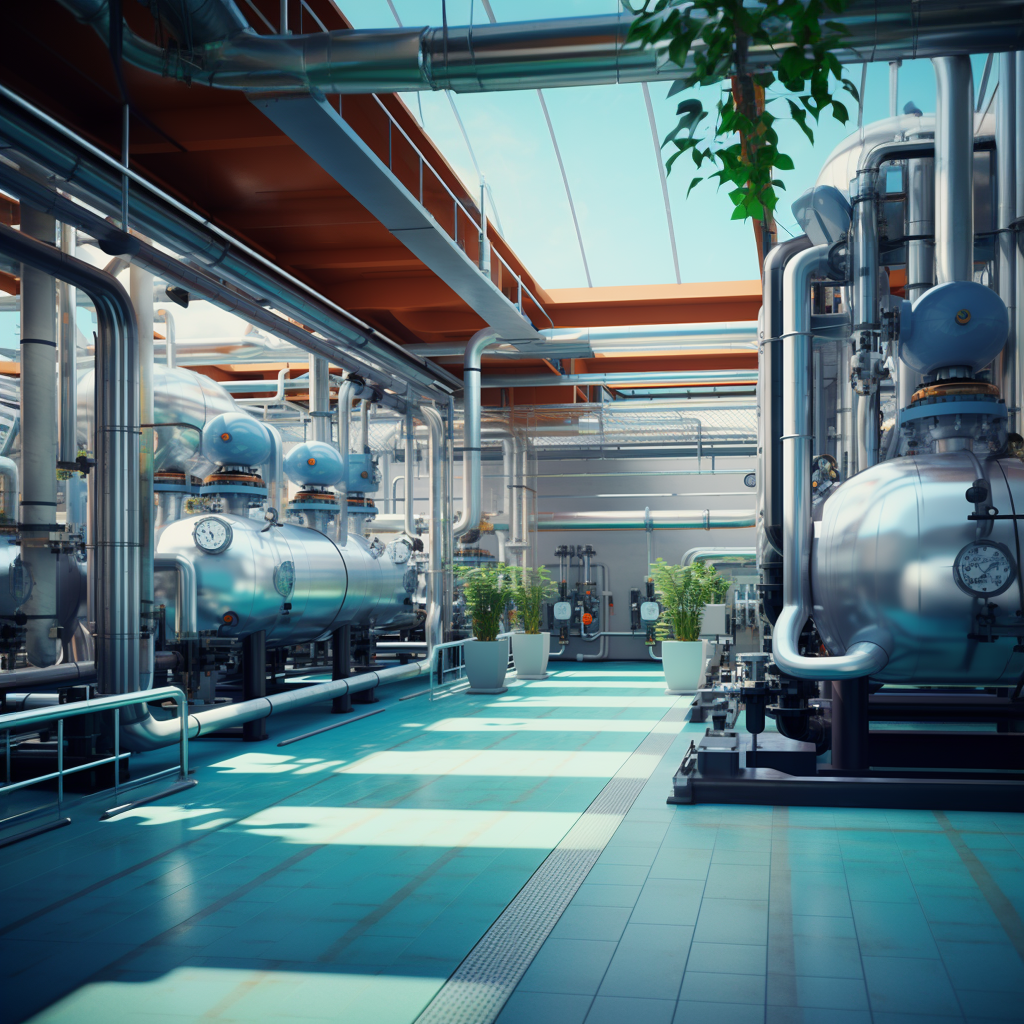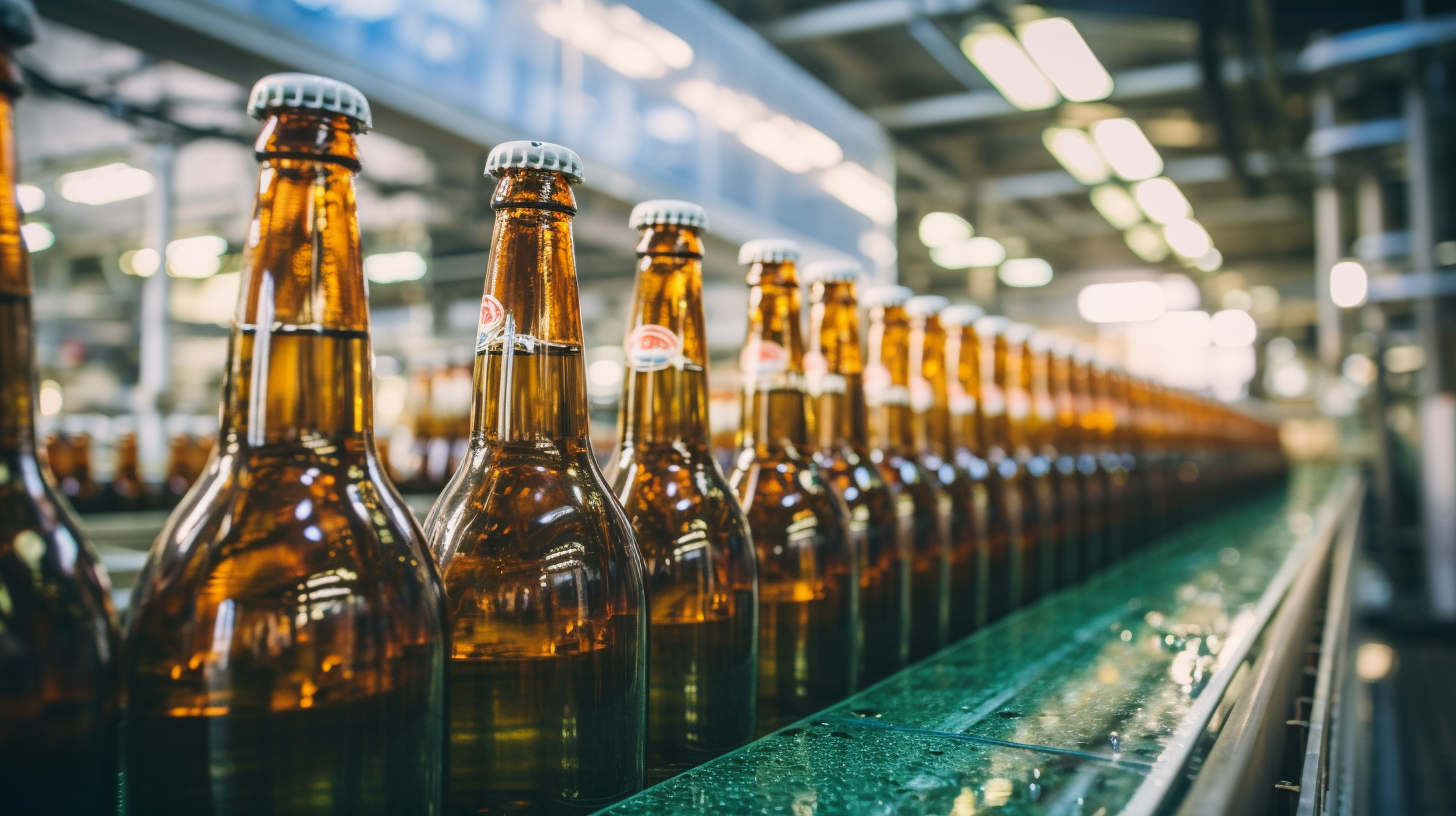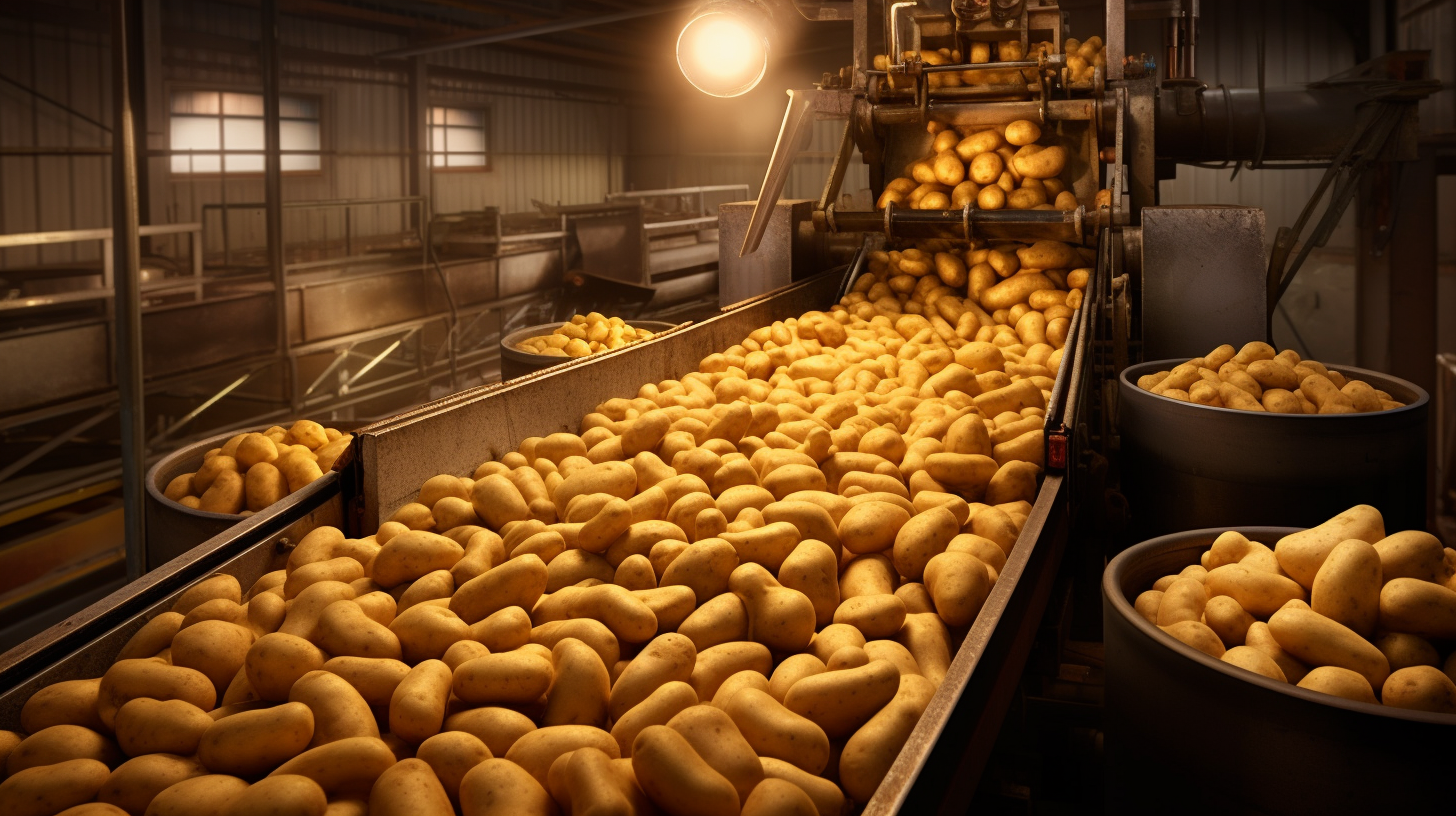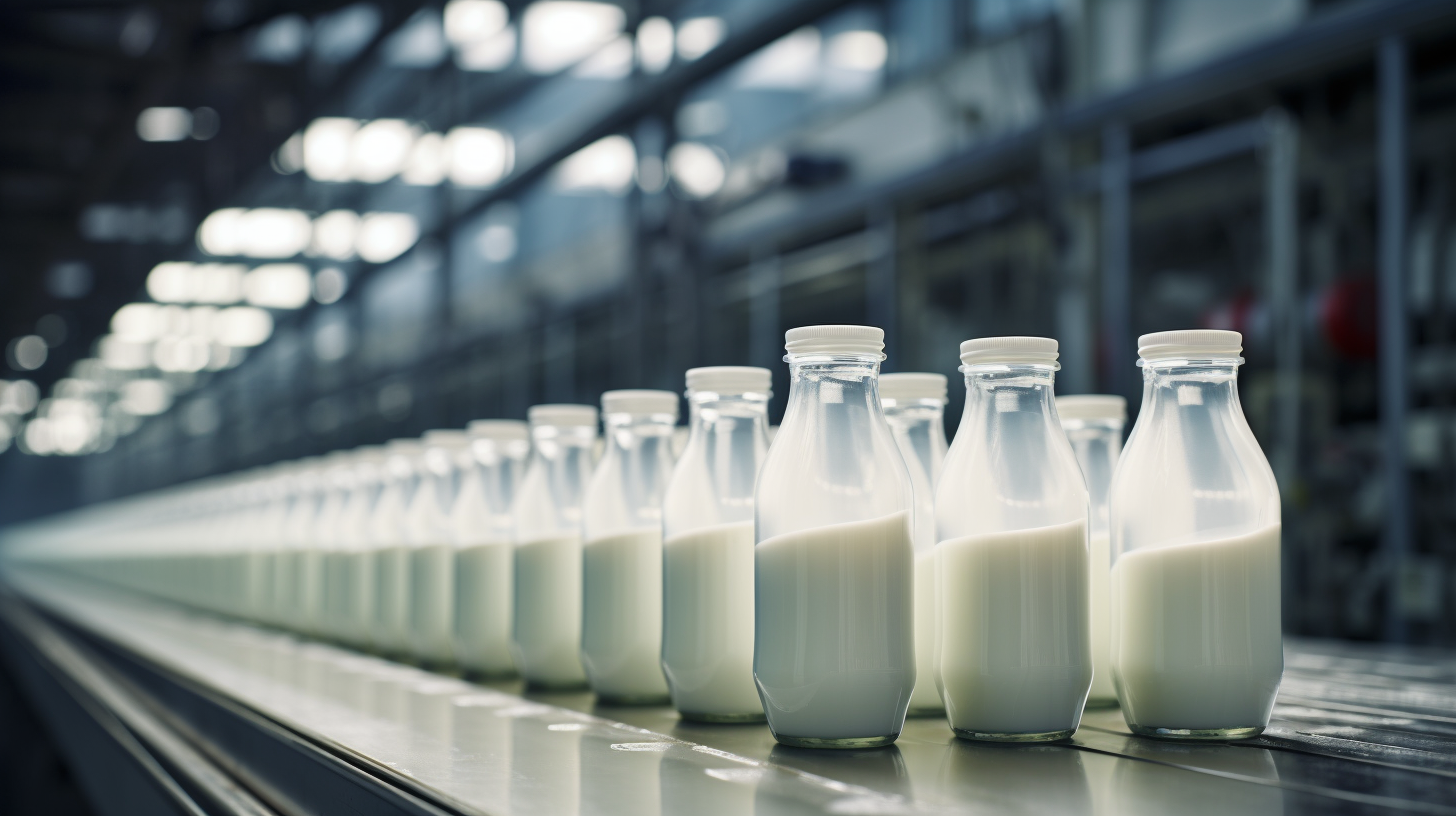1. HOW WE REDUCE YOUR BREWERY WASTEWATER
And limit your water footprint too
Wastewater in the brewery industry
Water not only plays a key role in beverage and beer production, but also requires significant volumes to be washed and purified. However, with water becoming a precious resource, reducing its consumption is becoming a priority in beverage and beer production. Our focus is on reducing the amount of water used and water footprint in breweries and beverage plants, an important step towards sustainability in the brewing industry.
Treating wastewater: essential for sustainable brewing
We are committed to protecting every drop of water - our most important natural resource. In addition, we support you in reducing the cost of purchasing water and complying with relevant standards.
We help global leaders in soft drinks and breweries meet strict effluent discharge regulations, extract biogas from wastewater and even treat water from biological effluent. We also offer treatment process optimisation, operational services and find smart solutions to finance new water treatment needs. With ICB expertise, beverage manufacturers and breweries can significantly improve their production efficiency.
2. ENERGY FROM WASTEWATER IN THE POTATO & STARCH INDUSTRY
Treatment of protein-containing wastewater with anaerobic-aerobic treatment
Treating wastewater and potato waste
The processing of potatoes demands substantial water utilization. Preliminary to the processing stage, there's a necessity to cleanse raw potatoes. Furthermore, activities like potato peeling, dicing, or cutting induce the release of starch from cells. This starch is commonly washed away using fresh water, leading to the generation of significant volumes of wastewater loaded with starch.
Within our diverse range of offerings, we present innovative solutions designed for the efficient management of wastewater arising from potato processing. Additionally, we focus on the potential value inherent in potato peels and by-products. Tailoring our approach to the concentration of organic pollutants, we strategically choose a dedicated digestion reactor to optimize both water treatment and biogas production.
Wastewater treatment
In most scenarios, the concentration of organic pollutants in the wastewater produced by potato processing varies between 10 and 25 kg COD/m3. Depending on the available site area, two treatment options are suggested for consideration.
With over 25 digesters, the proven technology used in the potato industry provides a robust solution, maximizing contaminant removal efficiency and biogas production for lower concentration waters.
For sites with limited space and higher concentration wastewater containing up to 25 kg COD/m³, the high-speed anaerobic tower demonstrates similar efficiency with smaller reactors, which in turn optimizes site utilization.
3. LIMITING THE WATER FOOTPRINT IN THE DAIRY INDUSTRY
Complying with stringent wastewater regulations for dairy wastewater discharge.
A protein-rich wastewater, too rich to be wasted
In the process of crafting milk, butter, cheese, or yogurt, which involves pasteurization or homogenization, the resulting wastewater carries dissolved sugars and proteins, fats, and potential residues of additives. The elevated levels of BOD and COD loads necessitate mitigation before the effluent can be released into municipal treatment facilities or natural water bodies. The substantial organic content in dairy wastewater presents an opportune scenario for anaerobic treatment, fostering optimal conditions for biogas production.
Energy and nutrient recovery
Enhancing the elimination of organic loads and harnessing energy from the bio-effluent, an anaerobic reactor can seamlessly integrate into the aerobic treatment process. The biogas generated in the anaerobic reactor serves as the driving force for a cogeneration unit, facilitating the simultaneous production of electric power and heat.
The incorporation of exclusive dissolved air flotation technology ensures the efficient removal of emulsified fats and grease before reaching the digester. The bio-solids that persist after the biologic treatment phase boast high nutrient content, presenting a valuable resource that can be repurposed as fertilizer for agricultural use.
Reducing dependency of tap water and groundwater
For the generation of wastewater that meets stringent regulatory standards or for refining treated water in readiness for the final production of potable water, the incorporation of a Membrane Bioreactor post-aerobic treatment proves beneficial. Furthermore, the seamless integration of our advanced and unique technology using modern ultrafiltration and reverse osmosis membranes water recovery treatment step culminates in a more comprehensive water loop, consequently diminishing the reliance on externally sourced water.
4. ZERO DISCHARGE OF HAZARDOUS CHEMICALS IN THE TEXTILE INDUSTRY
Treating pollutants from a complex production process
Meeting ZDHC standards
Wastewater from textile industries poses a serious threat to ecosystems, especially if it is discharged into water sources without prior treatment.
We support textile and footwear companies in meeting Zero Discharge of Hazardous Chemicals (ZDHC) standards. In the textile industry, the wide range of raw materials, chemicals and processes from yarn production to fabric creation creates unique wastewater characteristics at each stage of production.
Because of the varied composition of textile wastewater, a customized approach to biological and physicochemical treatment is required to meet standards for COD, color and nutrient content.
We analyze textile wastewater samples, perform pilot tests in laboratory conditions to accurately simulate treatment processes on a small scale. After successful process optimization, we implement full-scale projects for new plants and upgrades to existing treatment infrastructure.
Our methods include:
- Wastewater analysis
- Process optimization testing
- Toxicity and biodegradation studies
- Removal of volatile organic compounds and dyes
Improving regulatory compliance
For renowned global brands within the textile, dyeing, and laundry sector, we've been at the forefront of wastewater treatment. Employing our cutting-edge aerobic technology, we efficiently break down organic compounds and nutrients.
The biologically generated sludge undergoes stabilization and dewatering procedures prior to responsible disposal. Tailoring our approach to the specific characteristics of the treated wastewater, our color removal and polishing processes incorporate techniques such as disinfection, oxidation, active carbon injection, or a proprietary dissolved air technology-based physical-chemical treatment step.
